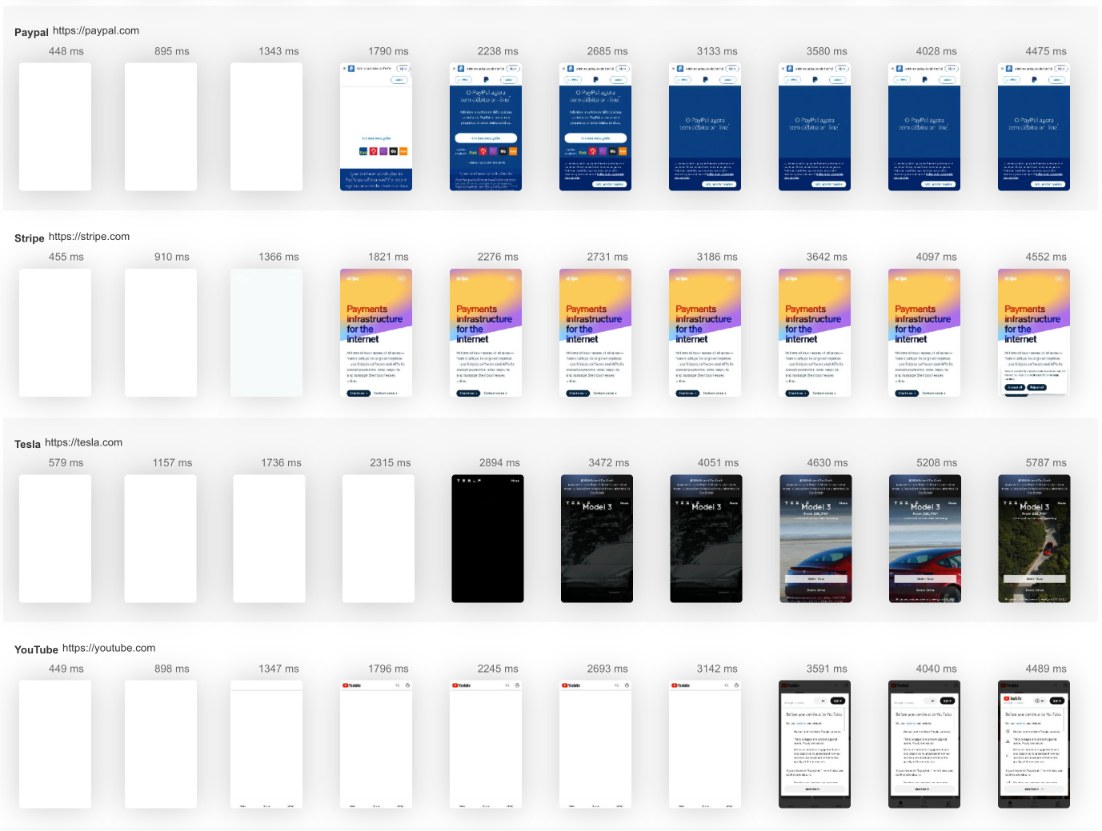What is Auto-Publish? Complete Guide to Automated Publishing, Workflow Automation & Content Distribution
Master auto-publishing with this comprehensive guide. Learn how automated publishing systems work, discover proven strategies for workflow automation, and understand how to implement intelligent content distribution that maintains quality while scaling efficiency.
What is Auto-Publish?
Auto-Publish is an automated content management feature that publishes content automatically based on predefined triggers, conditions, or workflows without requiring manual approval or intervention at the time of publication. Unlike scheduled posts that publish at specific times, auto-publish systems can be triggered by various events such as content approval completion, data updates, RSS feed changes, or integration with other systems. This powerful automation capability enables organizations to scale their content operations while maintaining consistency and reducing the manual workload on content teams.
Auto-publish functionality enables intelligent content automation, allowing businesses to create dynamic publishing workflows that respond to business events, data changes, and approval processes while maintaining editorial control and quality standards.
Why Auto-Publish is Revolutionary for Content Operations
- Operational Efficiency: Eliminate manual publishing tasks and reduce time-to-market for approved content
- Scalable Workflows: Handle high-volume content publishing without proportional staff increases
- Consistency Guarantee: Ensure standardized publishing processes across all content types and channels
- Real-Time Responsiveness: Automatically publish time-sensitive content like news, updates, or notifications
- Integration Capabilities: Connect content publishing with CRM, e-commerce, and other business systems
Key Benefits of Auto-Publishing for Modern Businesses
Workflow Automation Excellence
Auto-publish systems streamline complex editorial workflows by automatically moving approved content through publishing pipelines, reducing bottlenecks and ensuring consistent content delivery without manual intervention.
Dynamic Content Distribution
Advanced auto-publish systems can distribute content across multiple channels simultaneously, customize formatting for different platforms, and trigger related marketing automation sequences based on publishing events.
Quality Control Integration
Modern auto-publish solutions include built-in quality checks, approval gates, and rollback capabilities, ensuring that automation enhances rather than compromises content quality and brand standards.
Proven Auto-Publish Use Cases and Success Stories
- E-commerce Product Updates: Automatically publish new products when inventory and descriptions are complete
- News and Blog Automation: RSS-triggered publishing for timely content distribution across platforms
- Social Media Cross-Posting: Automatically share blog posts to social channels upon publication
- Email Campaign Triggers: Launch email sequences automatically when new content is published
- API-Driven Publishing: Integrate with external systems to publish content based on business events
Should You Implement Auto-Publishing? Strategic Decision Framework
Auto-publishing is most beneficial for organizations with high content volumes, standardized approval processes, and well-defined quality controls. Start with low-risk content types and gradually expand automation as confidence and systems mature.
For optimal results, implement auto-publishing for routine, template-based content while maintaining manual control for sensitive, strategic, or highly customized materials that require human oversight.
How to Master Auto-Publishing: Step-by-Step Implementation Guide
Step 1: Assess Content Workflows and Requirements
- Audit current publishing processes to identify automation opportunities and bottlenecks
- Define content types suitable for automation based on standardization and risk levels
- Map approval workflows and identify decision points that can trigger auto-publishing
- Establish quality criteria and checkpoints that must be met before auto-publication
- Document rollback procedures and emergency stop mechanisms for automated systems
Step 2: Design Auto-Publishing Rules and Triggers
- Create conditional logic for when content should be automatically published
- Set up approval-based triggers that publish content after designated reviewers approve
- Configure time-based rules for scheduled automatic publishing of approved content
- Implement data-driven triggers based on inventory, pricing, or system updates
- Design failure handling and notification systems for when auto-publishing encounters errors
Step 3: Implement Quality Controls and Safeguards
- Build automated content validation checks for formatting, links, and required fields
- Create approval workflows with designated approvers for different content categories
- Implement staging environments where auto-published content can be reviewed before going live
- Set up monitoring systems to track auto-publishing performance and catch issues quickly
- Establish override mechanisms for manual intervention when necessary
Step 4: Monitor, Optimize, and Scale Auto-Publishing
- Track auto-publishing success rates, error frequencies, and performance metrics
- Regularly review and refine automation rules based on performance data and feedback
- Expand auto-publishing to additional content types as confidence and systems mature
- Integrate auto-publishing with other marketing automation and business systems
- Train team members on managing and troubleshooting automated publishing workflows
Auto-Publishing Best Practices for Reliable Operations
- Start Small: Begin with low-risk content types and gradually expand automation scope
- Maintain Oversight: Implement monitoring and notification systems for all automated publishing
- Quality Gates: Never compromise quality controls for the sake of automation speed
- Backup Plans: Always maintain manual publishing capabilities as backup systems
- Regular Audits: Periodically review auto-published content to ensure quality standards
Auto-Publishing FAQ: Common Questions Answered
What types of content are best suited for auto-publishing?
Standardized content like product listings, news articles from RSS feeds, social media cross-posts, and template-based updates work well with auto-publishing. Avoid automating highly customized, sensitive, or strategic content requiring human judgment.
How do you maintain quality control with automated publishing?
Implement multi-layered quality controls including automated validation checks, approval workflows, staging environments, and regular content audits. Never sacrifice quality controls for automation convenience.
What happens when auto-publishing systems fail or encounter errors?
Well-designed auto-publishing systems include error handling, notification systems, and rollback capabilities. Always maintain manual publishing procedures as backup methods for critical content.
Can auto-publishing work with multiple approval levels and complex workflows?
Yes, advanced auto-publishing systems support multi-stage approval workflows with different approvers for various content aspects (legal, brand, technical). Design workflows to match your organizational approval requirements.
How do you measure the success and ROI of auto-publishing implementation?
Track metrics including time-to-publish reduction, error rates, staff time savings, content volume increases, and overall publishing efficiency. Calculate ROI by comparing automation costs against manual labor savings and productivity gains.
PostNext is your all-in-one social hub to schedule, publish, and analyze content on Instagram, TikTok, X, LinkedIn, Facebook, Pinterest, and more—without the tab chaos.Start 7-day free trial→
